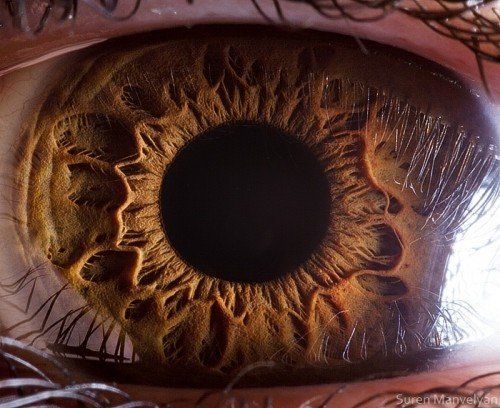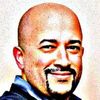
Growing up I knew that I was Latino. And how could I think myself differently? My mother and father spoke to me in Spanish. And I ate rice and beans seven days a week. But still -- I felt misplaced. Or more specifically out-of-place.
I grew up on 93rd and First Avenue. I attended St. Joseph's on 87th and First Avenue. Both in New York City. So my life before my teens was spent -- primarily -- in a non-Latino culture. And even though I felt comfortable. I still felt out-of-place.
Recently, there has been an alignment in my identity. I attribute this to both my photography and my four-year-old son. I have this massive draw to explore my culture. And not the food or the language but the people. And not just any people, but the artists and photographers -- like Adal Maldonado. So my journey starts here -- with the Puerto Rican born Adal Maldonado.
The Interview
You make reference to exploring identity issues to "their ultimate consequences." Can you clarify what you mean by that? How have those identity issues or resolutions impacted your photography?
AM: From the beginning of my career as an artist and photographer my work has been informed by the impossibility of ever achieving a definitive picture of one's self.
By this I mean that our identity is fluid and constantly evolving. At first I created self-portraits in order to work through existential worries of being and not being and unhealthy feelings of displacement. Afterward, I began a series of portraits of prominent Puerto Rican figures who transcended their circumstances to become successful actors, politicians, political activists, scholars, scientists, doctors, artists and role models in all areas of society.
This series of portraits, an investigation into collective identity, became a publication used in the social studies curriculum in the New York City Public School System. I also collaborated with my friend and colleague Pedro Pietri to create an imaginary world complete with its own passport, national anthem, language, political and religious ideology, where its citizens are empowered through their own personal creative intentions.
As a Latino photographer how has the culture influenced your photographic work?
AM: At times I create with the purpose of working through a thought experiment or entertaining a conceptual problem. At other times I go to my existential "jíbaro" roots for inspiration. I feel comfortable doing both because as a Puerto Rican my identity is multidimensional and constantly evolving.
What advice can you give to aspiring Latino photographers?
AM: Draw from your personal experience. Whether it's a search for an identity, the celebration of beauty, a concern with correcting chaos in the world, or the simple entertainment of a thought experiment, what will set you apart and original will be how you see the world filtered through your personal experience.
Conclusion
I have never met Adal Maldonado. We simply exchanged a few emails in preparation for this interview. But a large part of me thinks that it was a mistake. This interview needed to be a video interview. Maybe 30 minutes in length. In a cafe, drinking a café con leche. With a much more profound discussion on cultural identity.
And how that uniqueness defines not only the "fluidity" of your identify. But how the search influences your photography. Setting it apart.
Call To Action
How does your culture and your personal experiences set your photography apart?
